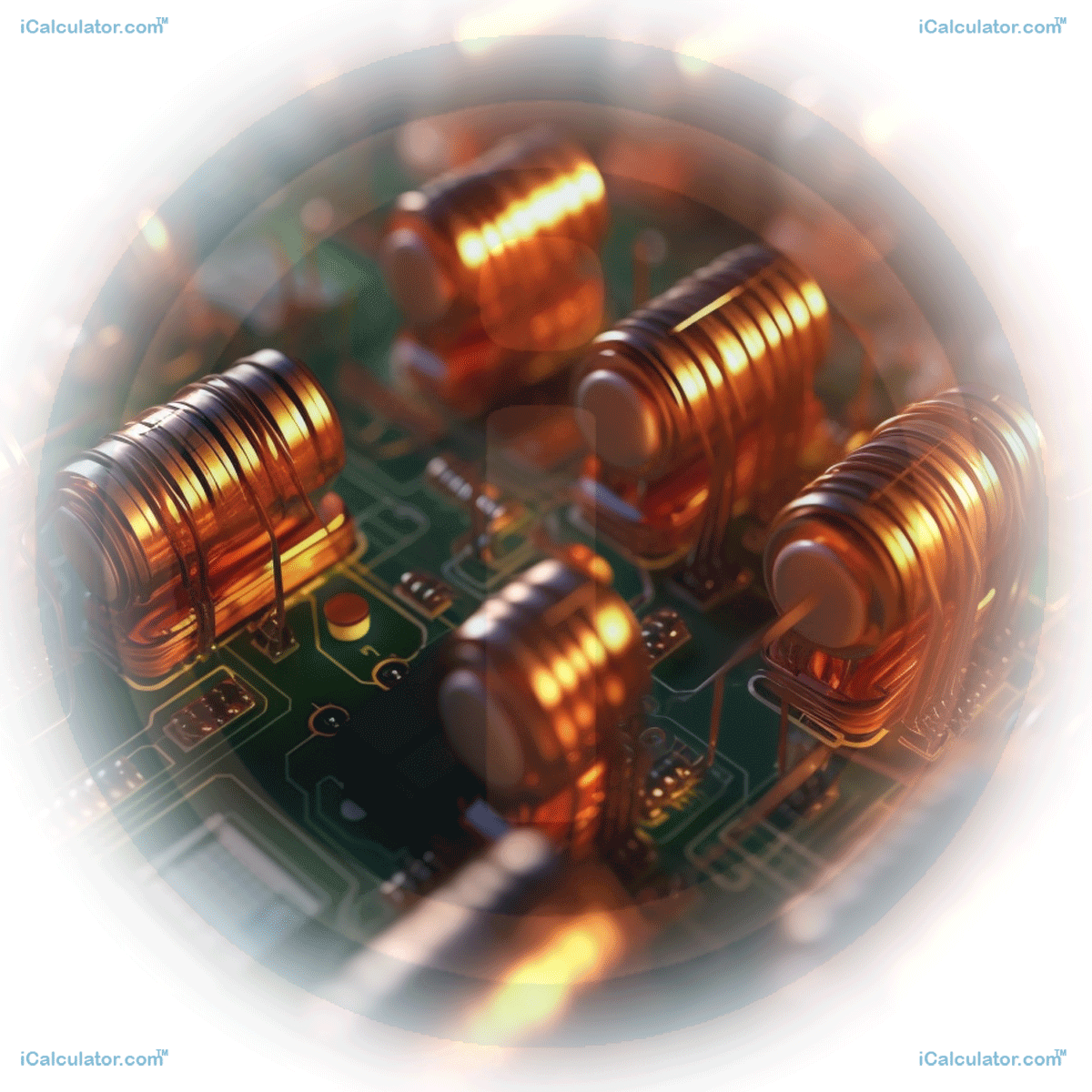Menu
Speaker Sound Q Calculator
Please provide a rating, it takes seconds and helps us to keep this resource free for all to use

This tutorial aims to provide an understanding of speaker sound Q based on horizontal and vertical coverage angles in the field of audio engineering. Speaker sound Q refers to the calculated value that represents the directivity or coverage angle of a speaker system. This tutorial explains the concept of sound Q, the calculations and formulas associated with sound Q based on horizontal and vertical coverage, real-life applications in the audio industry, key individuals in the discipline, and interesting facts about this topic and its significance in the field of engineering.
| Degrees | |
| Degrees | |
| Theoretical Loudspeaker Q = |
| Directivity Index = Decibels |
Example Formula
The formula for calculating speaker sound Q based on horizontal and vertical coverage angles is as follows:
Where:
- Horizontal Coverage: The horizontal coverage angle of the speaker system.
- Vertical Coverage: The vertical coverage angle of the speaker system.
Who wrote/refined the formula
The formula for calculating sound Q based on coverage angles is derived from the principles of logarithmic calculations and is commonly used in the field of audio engineering. While no specific individual can be attributed to this formula, it represents the understanding of sound Q calculations and their relationship to coverage angles in speaker systems.
Real-Life Application in Industry
Calculating sound Q based on coverage angles is essential in audio engineering for designing and optimizing speaker systems. By measuring the horizontal and vertical coverage angles, audio engineers can assess the directivity and coverage pattern of speakers, ensuring appropriate sound distribution in various environments. This knowledge is applied in industries such as concert sound reinforcement, auditorium design, public address systems, and immersive audio installations.
Key Individuals in the Discipline
Several individuals have made significant contributions to the field of audio engineering and acoustics. Notable figures include Harry Olson, known for his pioneering work in electroacoustics and loudspeaker design, and Floyd Toole, who has made advancements in loudspeaker measurement techniques and sound reproduction research. These individuals have greatly influenced the field of audio engineering and have contributed to advancements in sound reproduction technology.
Interesting Facts
- Sound Q calculations help in understanding the directivity and coverage capabilities of speaker systems, allowing engineers to optimize sound distribution and avoid unwanted reflections or hotspots.
- Speaker sound Q is relevant in various applications, including concert venues, stadiums, theaters, houses of worship, and conference rooms, where achieving uniform and controlled sound coverage is crucial.
- Advances in sound Q calculations and speaker design have led to improved sound reinforcement systems, immersive audio technologies, and the development of line array speaker systems.
Conclusion
Understanding speaker sound Q based on horizontal and vertical coverage angles is essential in audio engineering for designing optimal sound systems and achieving desired sound coverage and directivity. By calculating sound Q using the provided formula, audio professionals can make informed decisions about speaker system design, placement, and optimization, resulting in enhanced sound reproduction experiences in various applications. The knowledge and application of sound Q contribute to advancements in audio engineering and the delivery of high-quality sound experiences.
Engineering Calculators
You may also find the following Engineering calculators useful.
- Roll Insulation Calculator
- Water Pumping Cost Calulator
- Capacitor Real Loss Factor Calculator
- Ocean Water Freezing Point Calculator
- Langelier Saturation Index Calculator
- Concrete Footer Volume Calculator
- Bitumen Density Calculator
- Figure Of Merit Calculator
- Block Wall Calculator
- Triangle Stepping Stone Calculator
- Spring Resonant Frequency Calculator
- Flyback Smps Calculator
- Bolt Pattern Calculator
- Runway Crosswind Calculator
- Ah To Kwh Conversion Calculator
- Cable Length From Sag Span Calculator
- Stripline Impedance Calculator
- Single Phase Transformer Calculator
- Capacitor Quality Factor Calculator
- Volume Of Conductor Calulator